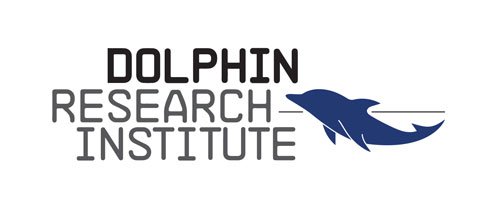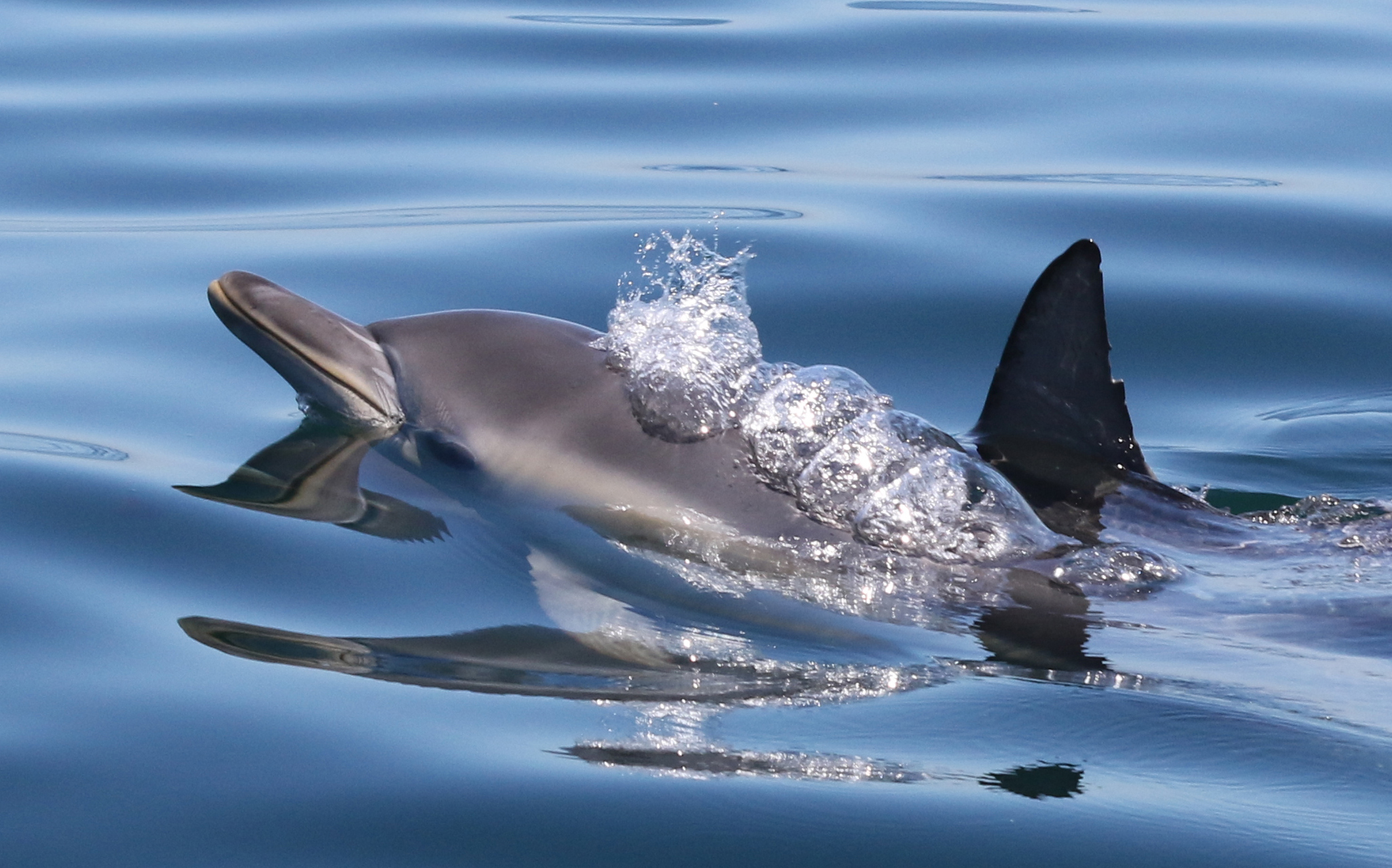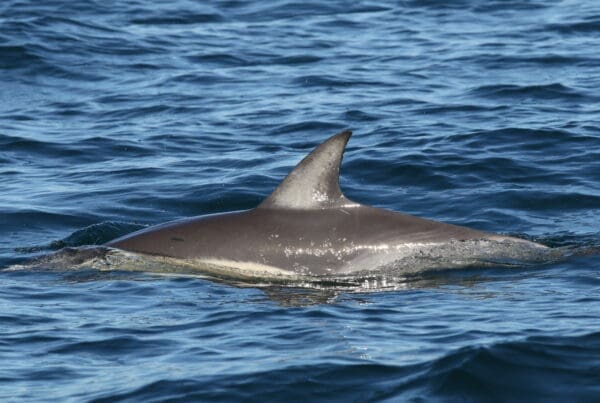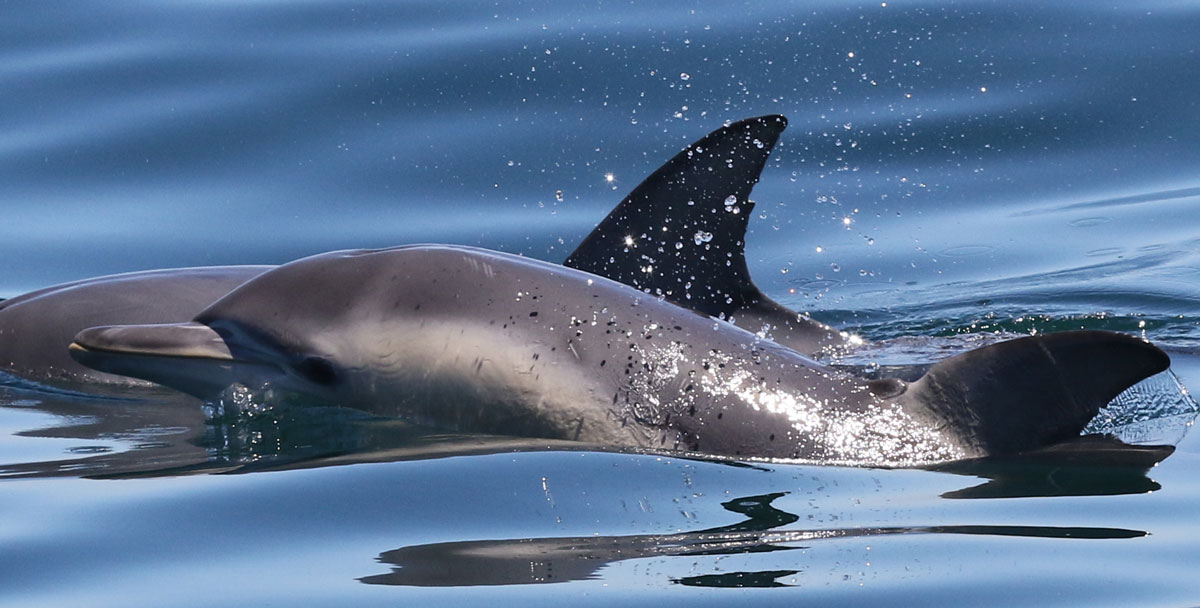
A Remarkable Detective Story Spanning Three Dolphin Generations
Our last research survey for 2021, combined with seventeen years of detective work, helped to uncover a remarkable story of success for three generations of Port Phillip’s common dolphins.
It started with the challenge to find common dolphins during Summer when we suspect they spread over a broader area to find prey. We saw bottlenose dolphins near Mornington but no sign of the commons – for at least 5 hours – then we got a break!
The distant sign of diving birds provided the clue we were looking for. After travelling nearly half the way to Geelong, we found the birds and our dolphins feeding together.
The top image shows a young calf from the group, which we call Lucky, with an older dolphin called Bud. This is one of many images of these two dolphins together, strongly indicating a mum-calf pair.

The detective work by our research team tracked Bud back to 2015 when it was still a young calf. The image (above) clearly shows it covered in teeth rakings from other dolphins and the same injury to its dorsal fin as in the top image.
‘Bud’ stands for ‘banged-up dolphin’. It’s a reminder that it can be tough being a dolphin, even to the point of being savaged by members of your own family!
It’s more common to see these types of injuries on dolphins in Bass Strait. Perhaps Bud was attacked by a transient dolphin that visits from time to time from outside the bay? Perhaps they wanted to mate with Bud’s mother – so needed Bud out of the way? We may never know.
What we do know, thanks to more detective work, is that Bud’s mother is one of the original common dolphins that came into the bay. Using subtle but lasting scars, we tracked Bud back to a photo taken on 25 March 2013 as a newborn alongside Esther (below).
We have known Esther since 2007 and we have seen her most years since. Her first calf born in the bay was in 2007, then others in 2010, 2013, 2015 and 2019.
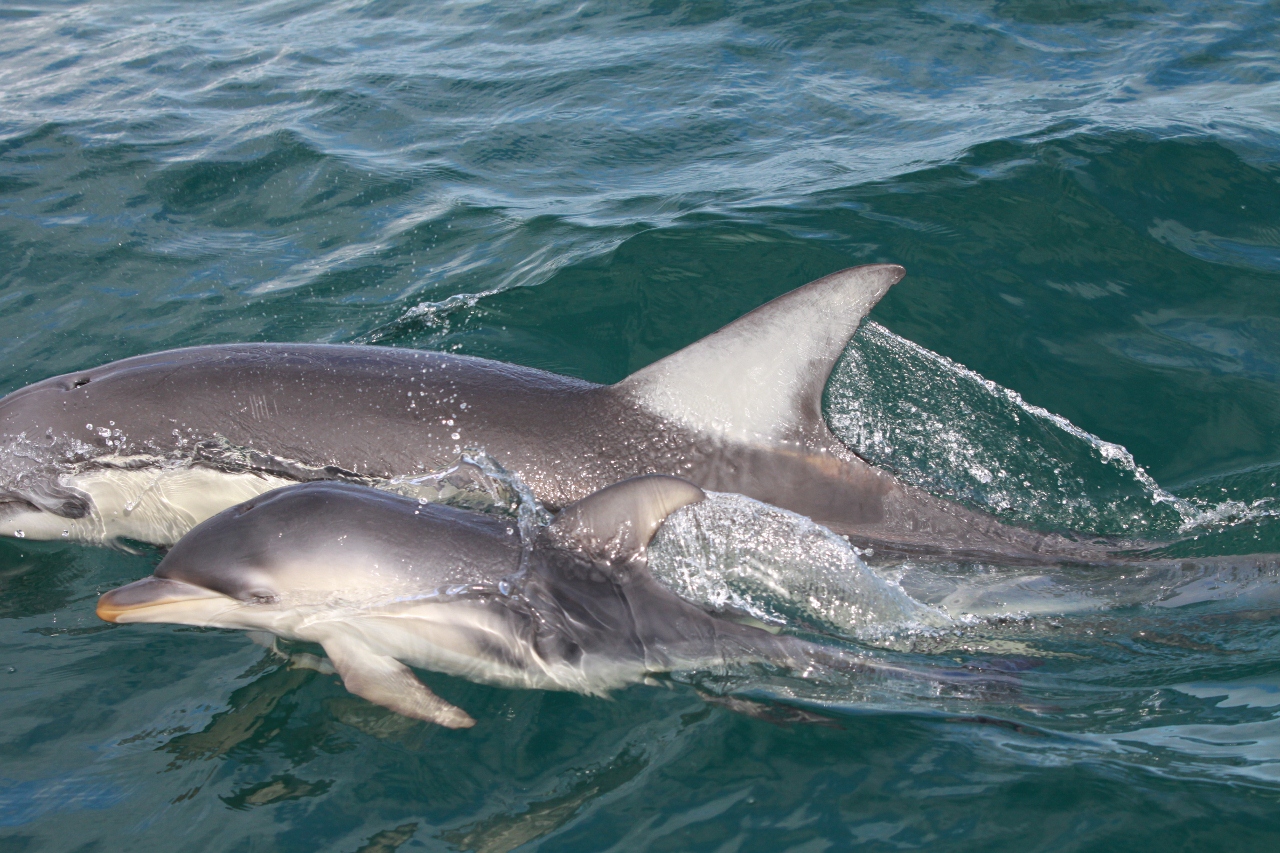
Esther is the first generation, with Bud one of the second generation.
Lucky represents the first solid evidence of the third generation of common dolphins in our bay since 2005.
Further work is bound to find other members of “Gen-3”.
ID photos like these are the foundation of our research programs. Each image is like a “fin print” and helps build a picture of the population size, associations of individuals, calving rates and success, and other important measures that are crucial to the dolphins’ protection. We have more than 130,000 photo-ID images taken over 31 years!
Port Phillip’s common dolphins are a remarkable success story, growing from a handful in 2005 to the point where we have a catalogue of over 85 individuals. This is on top of over 100 resident bottlenose dolphins.
In contrast, in 2021 the South Australian government announced an investigation into why their dolphins are not surviving.
The third generation of common dolphins in the bay is a success story for some champion dolphin mums and their remarkable home.
Oh – and it might be a good idea to re-think coming back as a dolphin in a future life – it’s tough being a dolphin!
Your support makes this important work possible – thank you.
